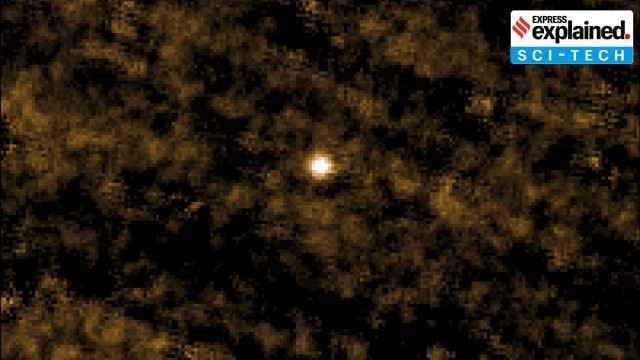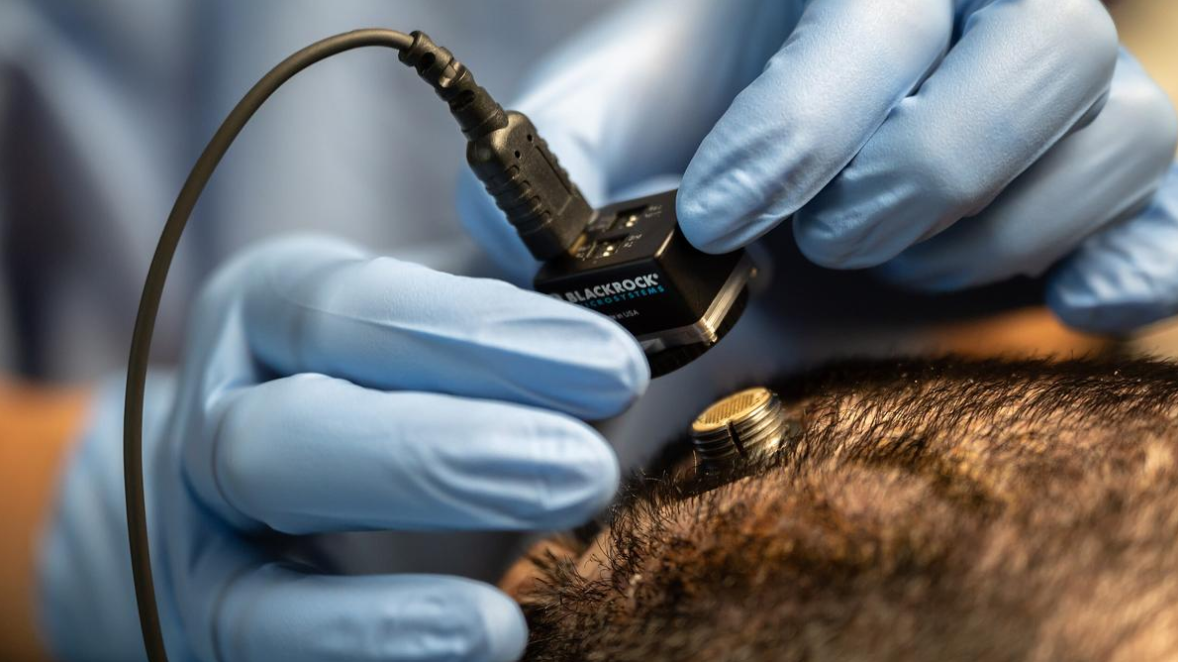



Astronomers discovered Gaia BH3, a massive 33-solar-mass black hole, using ESA’s Gaia telescope. It’s the largest known stellar-mass black hole in the Milky Way. Gaia maps stars, detecting black holes by tracking stellar motions. This discovery aids in understanding black hole formation, galactic structure, and early cosmic evolution.

Copyright infringement not intended
Picture Courtesy: The Hindu
Astronomers discovered Gaia BH3, a massive black hole near Earth, the third found by ESA's Gaia telescope since 2013.
Black holes are mysterious and powerful objects in space. They’re so dense that not even light can escape their gravity.
Astronomers discovered three black holes near Earth using the Gaia spacecraft, a European Space Agency (ESA) mission.
Gaia is a space telescope that has been mapping the Milky Way since 2013. It tracks the movements of billions of stars. Sometimes, a star appears to orbit “empty space,” which is a clue that a black hole might be hiding there.
Ground-based telescopes measure how light from these stars shifts due to the Doppler effect. This helps astronomers figure out how fast the star is moving and whether it’s orbiting something invisible—like a black hole.
By combining Gaia’s data with Kepler’s third law (which relates orbital speed to mass), astronomers can calculate the mass of the invisible object. If it’s too massive to be a neutron star, it must be a black hole.
The Gaia project is operated by the European Space Agency (ESA).
It is a space mission dedicated to creating an extremely precise 3D map of our Milky Way galaxy by surveying and meticulously measuring the positions, distances, motions, and brightness of over a billion stars.
Must Read Articles:
PSLV-C58 XPOSAT TO STUDY BLACK HOLES
Source:
|
PRACTICE QUESTION Q.Consider the following statements about Gaia BH3:
How many of the above statements are correct? A) Only one B) Only two C) All three D) None Answer: A Explanation: Statement 1 is incorrect: Gaia BH3 is about 2,000 light-years away, making it the second-closest known black hole to Earth. The closest known black hole is Gaia BH1, located approximately 1,560 light-years away. Statement 2 is correct: Gaia BH3 has a mass approximately 33 times that of our Sun, making it the most massive stellar black hole known in the Milky Way. Statement 3 is incorrect: Gaia BH3 is classified as a dormant black hole, meaning it does not actively accrete matter and, therefore, does not emit X-rays. |






© 2025 iasgyan. All right reserved